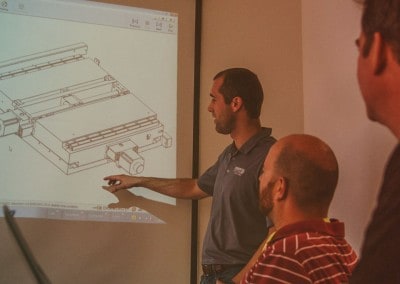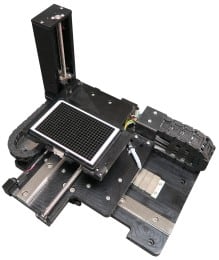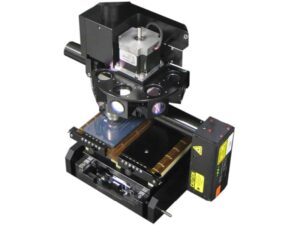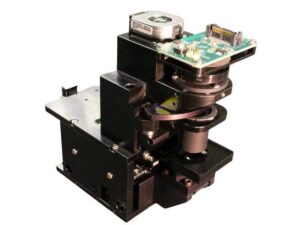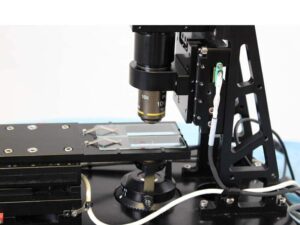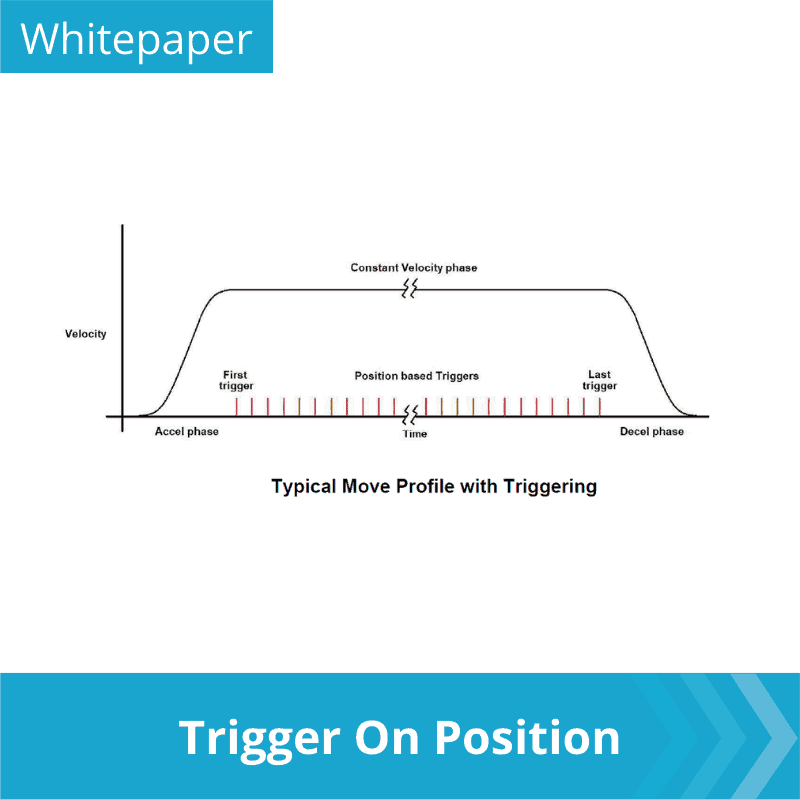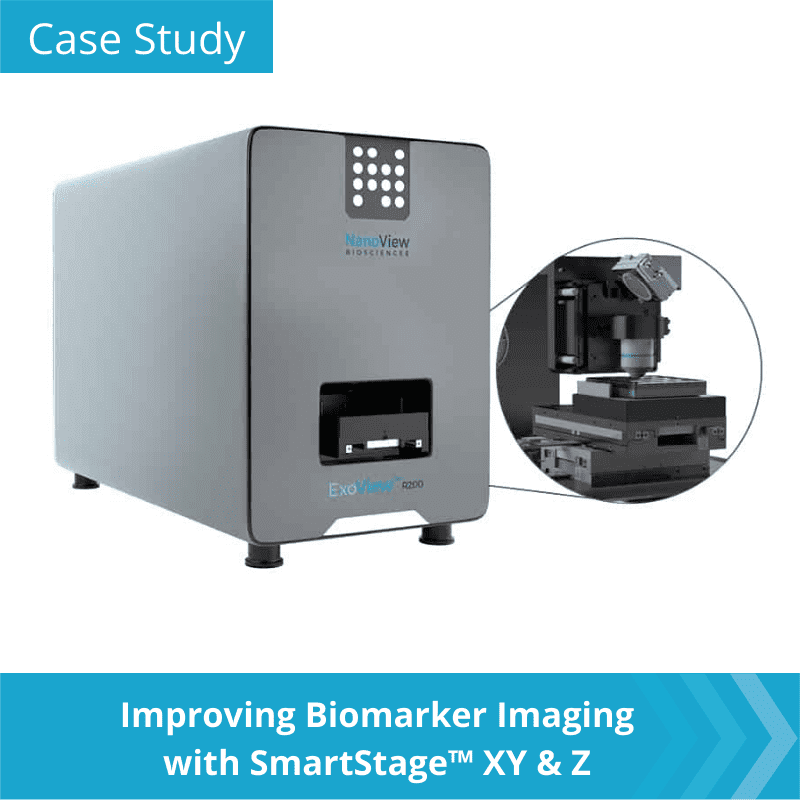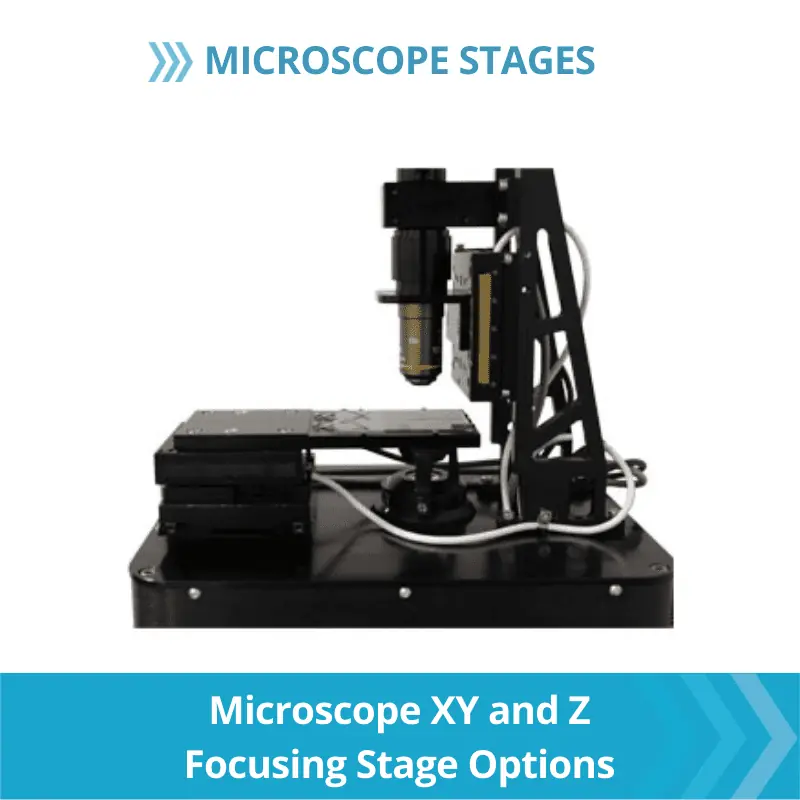Custom Stages
Custom stages are highly specialized and precisely engineered motion control devices designed to meet your specific application requirements, such as extreme temperature ranges, high load capacity, compatibility with a specific control system, etc.
At Dover Motion, we are experts in designing and manufacturing custom stages for a wide range of industries and applications. From gene sequencers to digital pathology instruments, we have the expertise and experience to deliver high-quality custom stages that meet your unique needs.
Custom Stage Design Capabilities
SmartStage Open Frame (XY)
- Fast Linear Motors
- Built In controller
- High Resolution encoder feedback
XY + Tip Tilt Stages
- Long travel high speed load / unload stage
- Precision stepping axis
- Tip / Tilt to compensate for slide variation
Well Plate XYZ Stage
- Optimized for price/performance
- Linear Motor high speed stepping axis
- Screw based indexing and Z lift axis
- Standard well plate carrier
Gene Sequencing Imaging Sub-Assembly
- XY Stages moving a flow cell
- Z stage for objective focusing
- Integrated laser autofocus
Custom Stage Compact Designs
- Compact Design
- Built in controller
- High Resolution encoder feedback
Microscope Demo
- DOF-5 Objective focusing
- Linear Motor XY for slide positioning
- Customized Structure
Custom Stage Selection Checklist
Opting for a custom stage offers the potential to achieve higher levels of precision, accuracy, and repeatability, as well as better integration with the overall system. Let’s review the factors to consider while selecting a custom stage for your application by answering the questions below.
Please click on the plus icon below to expand the section.
The required travel range is one of the most critical factors to consider when designing a custom stage. The travel range is the distance that the stage needs to move to complete its intended function. The travel range impacts the size, weight, and complexity of the stage. For example, a stage with a shorter travel range will be smaller and lighter than a stage with a more extended travel range. Alternatively, a longer travel range may require additional components, such as extended rails or a more complex drive mechanism, to support the longer travel distance. The travel range will also impact the accuracy and repeatability of the stage. Unfortunately, longer travel distances can be more challenging to achieve with precision.
Therefore, when designing a custom stage, it is vital to carefully consider the required travel range to ensure that the stage meets your application's accuracy, repeatability, and functionality requirements.
The accuracy of a stage refers to how closely it can achieve its intended position compared to the desired position and depends on the following factors:
- the precision of the components used
- the control system
- the environmental conditions in which the stage will operate
The accuracy requirements of a custom stage are generally determined by the application's specific needs, with some applications requiring sub-micron accuracy. Higher accuracy requirements may demand the use of more precise components or more stringent manufacturing processes to achieve the desired level of accuracy. Additionally, the control system must be designed to provide the necessary feedback and control to achieve the required accuracy. If the required level of accuracy is not achieved, it could lead to system failure, reduced performance, or increased downtime.
Load capacity refers to the maximum weight the stage can carry while maintaining accuracy, repeatability, and functionality. The load capacity of a stage is determined by the size and strength of the stage's components, such as the rails, bearings, and drive mechanism.
To ensure that a custom stage can support that load while maintaining the necessary accuracy and repeatability, it is crucial to consider the minimum and maximum load capacity requirements during the design process. Additionally, the stage's load capacity can impact its size, weight, and complexity, just like the required travel range. A stage with a higher load capacity may require larger or stronger components, which can increase the stage's size and weight.
As a result, when designing a custom stage, it is essential to carefully balance the load capacity requirements with the other design considerations to ensure that the stage meets the application's needs while remaining practical and feasible to manufacture and operate.
The operating environment refers to the conditions in which the stage will operate, such as temperature, humidity, vibration, and air quality. The operating environment can impact the performance, accuracy, and lifespan of the custom stage.
For example, suppose the custom stage operates in a high-temperature environment. In that case, the materials and lubrication used in the components of the stage must be carefully selected to ensure that they can withstand the heat without degrading or failing. Similarly, if the stage operates in a high-vibration environment, the stage's components must be designed to withstand the vibrations without affecting the stage's accuracy or repeatability. The operating environment can also impact the required level of protection for the custom stage. If the stage operates in a cleanroom environment, the components must be designed to prevent the release of particles or contaminants that could compromise the cleanliness of the room.
Therefore, when designing a custom stage, it is crucial to consider the operating environment carefully. The design must take into account the environmental conditions that the stage will be exposed to and ensure that the stage's components, materials, and protection measures are appropriate for those conditions. Failure to consider the operating environment could result in reduced performance, decreased accuracy, and increased maintenance requirements.
In a custom stage, system integration refers to the integration with other components and subsystems, such as motion controllers, sensors, and software. When designing a custom stage, it must integrate seamlessly with the other components and subsystems to ensure the overall system functions correctly. This can include designing the stage's control system to communicate with the motion controller or sensors, ensuring that the stage's software is compatible with the system's software, and designing the stage's mechanical interface to fit with the other components in the system.
The system integration requirements can impact the design and manufacturing processes used to create the custom stage. For example, if the custom stage requires compatibility with a specific motion controller or software system, the design must incorporate those requirements from the outset to ensure that the stage can integrate correctly.
What Custom Stage Attributes Can We Modify?
- Travel Distance
- Payload
- Size
- Controller Type
Benefits of Using Custom Stages
There are many benefits of using custom stages, including improved precision, efficiency, and reliability. Custom stages can help you reduce maintenance and replacement expenses over time, resulting in significant cost savings. So, if you're looking for a motion control partner that can provide you with superior custom stages, look no further than Dover Motion.
Review all benefits of using custom stages below:
- Improved Precision: Custom stages are designed to meet specific application requirements, which means that they can achieve higher levels of precision and accuracy compared to off-the-shelf stages. This improved precision can result in better performance and more reliable results.
- Increased Flexibility: Our stages can be tailored to meet your specific needs, resulting in improved flexibility, better performance and more efficient operations.
- Reduced Downtime: Custom stages can also be more reliable and less prone to failure compared to off-the-shelf stages, leading to reduced downtime and increased productivity.
- Improved Control: Our stages can be designed to work seamlessly with other components and subsystems in an instrument which means that they can provide improved control and performance. This improved control can result in better overall system performance and more reliable results.
- Cost Savings: Despite being a larger investment initially, custom stages provide significant cost savings in the long run due to their enhanced efficiency and reliability. Custom stages that are tailored to your specific application needs can lead to decreased maintenance and replacement costs over time.
At Dover Motion, we understand the importance of custom stages in achieving optimal application performance. That's why we work closely with our customers to design and manufacture stages that meet their unique requirements. From concept to production, we are committed to delivering high-quality stages that offer superior performance, reliability, and efficiency.
Contact us today to learn more about our custom stage design and manufacturing capabilities.

